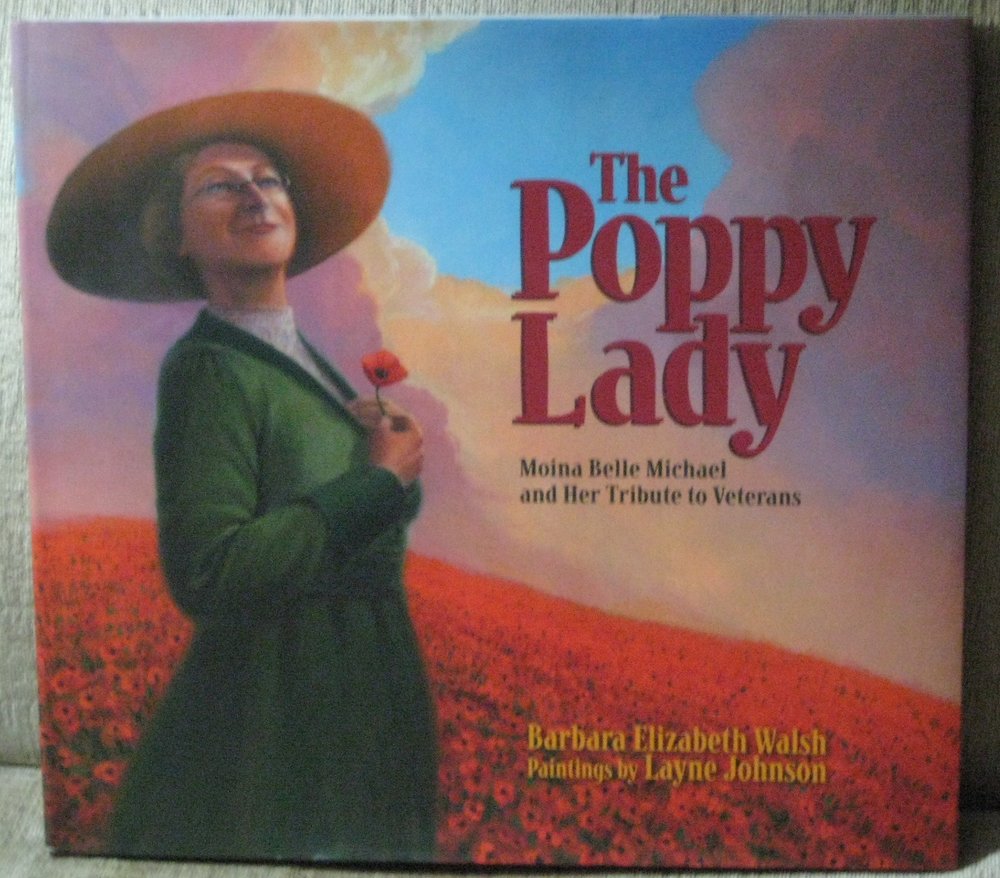 Every year on December 1, Angela sends out her Christmas letter from the outback in Australia. Monica McInerney’s novel Hello from the Gillespies begins with the letter gone awry.
Every year on December 1, Angela sends out her Christmas letter from the outback in Australia. Monica McInerney’s novel Hello from the Gillespies begins with the letter gone awry.
Angela’s done this for thirty-three years, filling in the yearly accomplishments for the family and embroidering them as needed. She’d begun with a typewriter and photocopier the year she and Nick married and advanced to a computer email over the years. The greeting was always the same – “Hello from the Gillespies.” She’d written about the birth of the twins Victoria and Genevieve named for grandmothers, three years later about the third daughter Rosalind nicknamed Lindy by the twins, and finally the late in life child Ignatius whom they called Ig.
All was well, except for the boredom and/or embarrassment of the children, until this particular Christmas when she gave in to the urge of her best friend to tell the truth. She records Genevieve’s work as a hairdresser in a phony world with pretentious TV people in America; her suspicion about Victoria’s affair with her married boss; Lindy’s wallowing in self-produced debt; and Ig’s long hair, stubbornness, running away from boarding school, and continuing need for an imaginary friend at ten years old. She complains that Nick’s obnoxious Aunt Celia will be coming for a month at Christmas. Then she launches into his financial problems and her own fantasy of the wonderful life she would have now in London had she married her childhood sweetheart.
In the beginning of a series of errors, she is called away from the computer before she can erase this missive that she never intended to send to take Ig to the emergency room after he cuts off his finger. Nick comes in, does not read the letter but knows how important it is to her for it to go out on December 1 and hits “send.” The people on the list include the children, Aunt Celia, and one hundred people who forward it freely to their friends. Thus begins a novel with more twists and turns than a mountain road.
In an interview, the author says, “No family can hang out the sign, ‘Nothing the matter here’.” She goes on to add that we all know sibling rivalry, grief, and joy. While her statement is correct, I think few of us know these in quite the abundance of the Gillespies.
Whether you write or don’t write Christmas letters, whether you love them or hate them, whether or not they bring on an urge to act them out, you might want to read this book for the fun of reading it – and to find out if Angela is planning to send another letter this year.
























